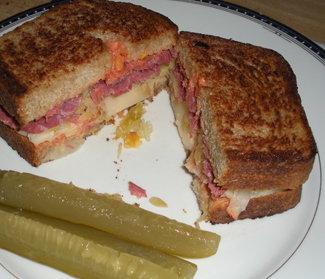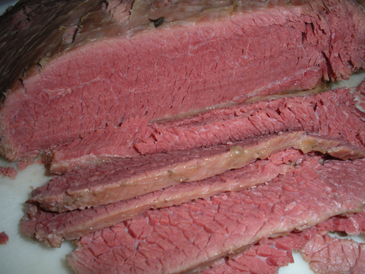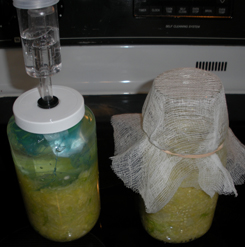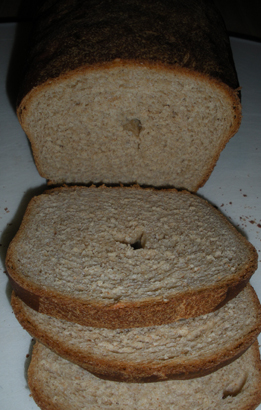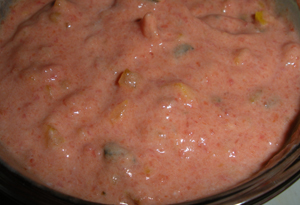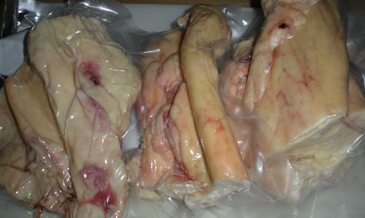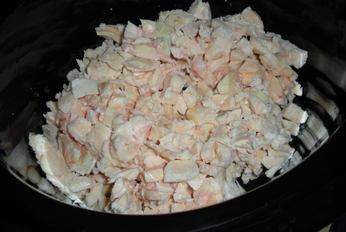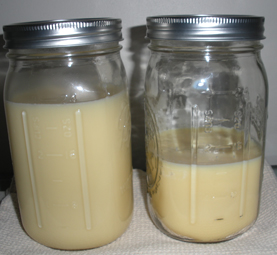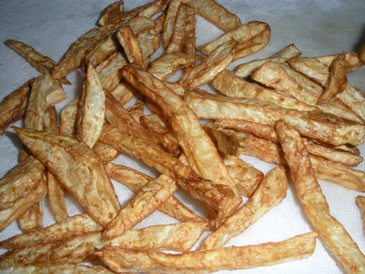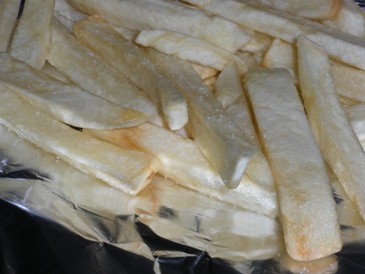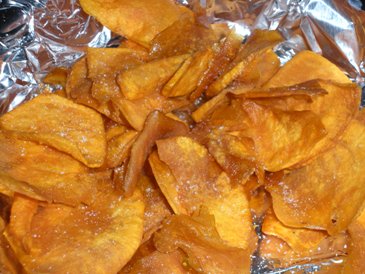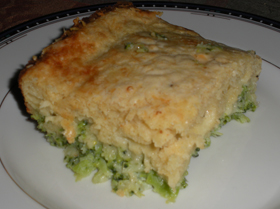Before Occupy Wall Street and even before the financial collapse of 2008, local foodies have been well aware of the negative effects of the special relationship between corporations, our elected officials, and the government agencies created to look out for the interests of the people.
In the years since this compact between huge corporations and the government began, we’ve seen an increase in chronic illnesses, obesity, type 2 diabetes, and a glut of some of the most hideous phood products in history. We’ve seen the methods of food production become more industrialized and along with that, an increase in pollution, soil depletion, and food contamination and a decrease of nutrient density. We’ve seen a decrease in the number of farms and farmers while the remaining farms are concentrated in the hands of a few corporations.
In the interest of full disclosure, I haven’t been to any of the Occupy locations (although there’s an Occupy New Haven) and I’m waiting to see more before I decide if the occupations are a good idea, but I do agree with the premise: that it is time for the 99% to stop tolerating the greed and corruption of the 1%and their purchase of our legal and political systems.
So, I’m occupying the kitchen. As you may know, I am a local foodie (locavore) year ’round. Every dollar I don’t spend at Stop and Shop is a dollar that goes to the actual producers in my town, state, region. I like handing those dollars directly to the people who did the work. I realize that one person eating locally does not effect vast and sweeping change, but I believe in what Margaret Mead said: “Never doubt that a small group of thoughtful, committed citizens can change the world; indeed, it’s the only thing that ever does.”
I live in New England and I’m no Eliot Coleman (even in the summer), so I count on others to raise my food for me. So, at this time of year, I’m working like a squirrel, storing food for the winter. (More of a pre-occupation than an occupation.)
I invite you to Occupy the Kitchen too. Try putting at least one local food away to consume over the winter. It doesn’t matter what or how—you can freeze it, can it, dehydrate it, ferment it, whatever you like. In addition to being additive free, each item you put by is one less item you have to buy from a Big Corporation.
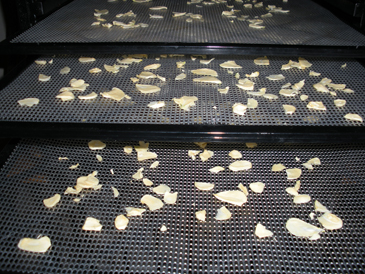 My Occupy the Kitchen project today was dried garlic. I peeled and sliced the garlic and dried it in the dehydrator at 120 degrees until they were crispy. I’ll grind them in a spice mill and have my own garlic powder.
My Occupy the Kitchen project today was dried garlic. I peeled and sliced the garlic and dried it in the dehydrator at 120 degrees until they were crispy. I’ll grind them in a spice mill and have my own garlic powder.
There are lots of resources available for putting by foods, including your search engine if you don’t want to buy a book. I’m personally fond of Put ‘Em Up, by Sherri Brooks Vinton. I hope you’ll decide to try this at least once.
There are some good reads on the Internet on the intersection of the food movement with the Occupy movement. Steph Larson at Grist has a great article:
I believe one fundamental way to rebel against an unjust economic system is to grow my own food. This way, my primary means of sustenance is out of the hands of corporations. Most food sold in grocery stores — even organic food — is owned by a few, very consolidated agribusinesses. Growing your own food undercuts their power.
The 99 percent movement has been criticized for not having a specific policy agenda, but I agree with George Lakoff; this is about a lot more than policy. It’s about our collective values as Americans. Growing food, bartering, and supporting local businesses are only a few of the many ways to wrestle power away from corporations and put it back in the hands of the people.
Also check out the articles by Kristin Wartman at Civil Eats as well as Tom Philpott at Mother Jones, where he says, “Because Big Food makes Big Finance look like amateurs.”
As it happens, there’s going to be an occupy against big food event at Zucotti Park (Occupy Wall Street) on October 29 at 1 PM.
In closing, I leave you with this image of my current favorite sign from the occupation:

. .
Note: This post is shared at Hartke’s Blog Carnival.
